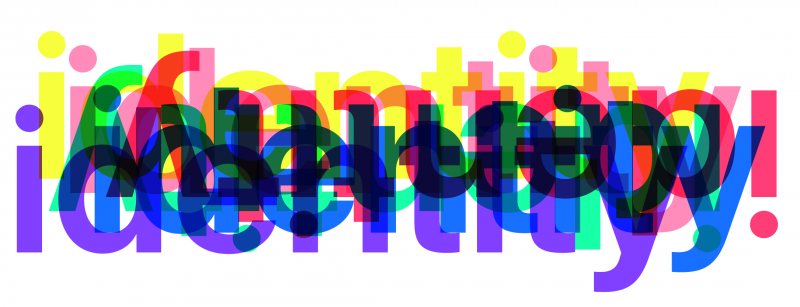Re-designing my thoughts
Posted on December 17, 2018
I’ve been always asking myself, what is the role of design? What is my role in design? Why am I designing? I never got an answer that made me happy until I started thinking of design as an active agent for social change. I wanted all my design interventions to aim to improve something in somebody’s life. But that led me to ask myself, how do I get there?
Through my design education, I’ve learned multiple techniques, methodologies, system thinking, and skills that have helped me improve my abilities as a thinker, researcher and project developer. Beyond these useful learnings, I realized that there was something missing: personal development. I’ve never stopped to think about how this is also a crucial ingredient in order to effectively practice design. I was focused on training the practical me, but not the personal me. Before learning or getting more tools to design for social change, I needed to pause and concentrate in my value as a designer, to focus on how was I adding—or not—to the conversations I was involved in and the projects I was working on.
I realized that I needed to be more conscious in order to become a better designer. I needed to think of strategies to align my personal development with my professional one. I didn’t want to end up designing useless superficial stuff based on my limited and unquestioned view of the world, and this couldn’t be fixed just by reading more or by being more “informed”, it goes deeper than that.
This reminded me of a project that I saw while at undergrad design school in Chile: it was an app for people to share leftovers with homeless people that required them to have a smartphone with a data plan. This might be a superficial example, just a product of a lack of research, but it tells so much about some designer’s disconnection with the real world, the world that’s beyond the self. Even though this is a really specific example, it can be extrapolated to bigger issues. For instance, we are facing great waves of migration around the world, and designers are failing to provide useful and contextualized interventions 1. There are tons of other reports of failed humanitarian aid projects that have ended up causing more harm than good 2.
Assumptions and hunches play an important role in the design process, but they are also dangerous if we are not able to see the bigger picture or we are not able to identify when we need to stop assuming things. They guide the design process, but they have limits, and sometimes we fail to test them, instead of persisting in assuming their correctness—even unconsciously.
So I kept asking myself, why are we failing at this? How can we know so much about design but so little about the world? One thought came to me while reading Critical Fabulations by Daniela K. Rosner. She presents Donna Haraway’s term “double consciousness,” that refers to the impossibility of having only one identity3. As Rosner narrates, Haraway experienced this while attending Catholic elementary schools:
“The nuns who taught her were strong, unmarried women, but like her mother, they believed in conventional notions of gender and authority. They promoted the ideals of the Catholic missionary and fought against abortion rights. During high school, Haraway shared the views of the nuns and her mother about gender and religion (even considering becoming a nun herself) while simultaneously trying to understand their contradictions. How could someone espouse freedom but impose ideology? How could women be both celebrated and oppressed?”4
Her story deeply resonated with my personal experience. I studied in Catholic schools through my whole education, so my personal growth is deeply linked to those conservative values and conceptions of the world. I was taught to be afraid of the different, afraid of new experiences and of different realities, and to sit quietly with my thoughts. Silencing the critical mind of students is not just a Catholic strategy, it’s a tool that’s widely used to keep students under control, and for a lot of people, it’s very hard to get out of that mindset.
Donna’s experience provided me with a way to start thinking about my own identities, trying to be conscious of my own biases, privileges, and prejudices. I knew I had them, but they are so ingrained in my personality that it’s hard to identify them if you are not in an active process of questioning yourself and the world. I have to be conscious of these discrepancies: between what I knew and what I was learning or questioning. I needed—and still need—to allow myself time to experience these multiple controversial identities.
This never-ending process has been a fascinating experience. Beyond the utility of self-analysis as a tool for personal growth, the value of the process of un-biasing and questioning ourselves lies in its goal: to understand how our mindset plays a role in the way we are designing and how it is affecting our decisions or interventions. We need to understand how and why are we thinking in a particular way to be able to improve our design practice, to make it more impartial—considering that there’s no absolute neutrality—or at least to be able to recognize our partiality.
For now, I’m assuming that I’m always wrong until I’m able to prove the contrary.
AY
References
[1] Don’t design yet another shelter for refugees [2017]
[2] Best intentions: When disaster relief brings anything but relief [2017]
[3,4] Critical Fabulations, Daniela K. Rosner [2018]